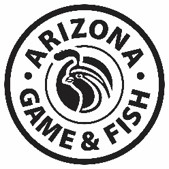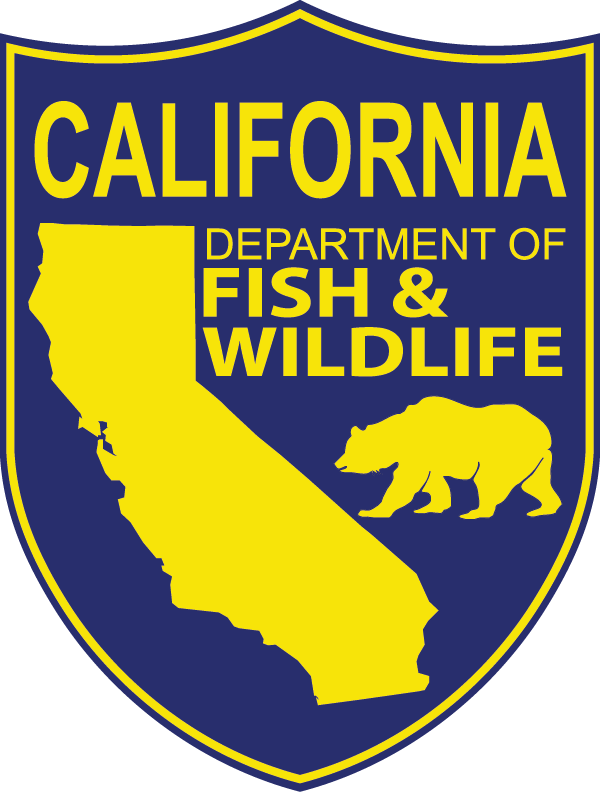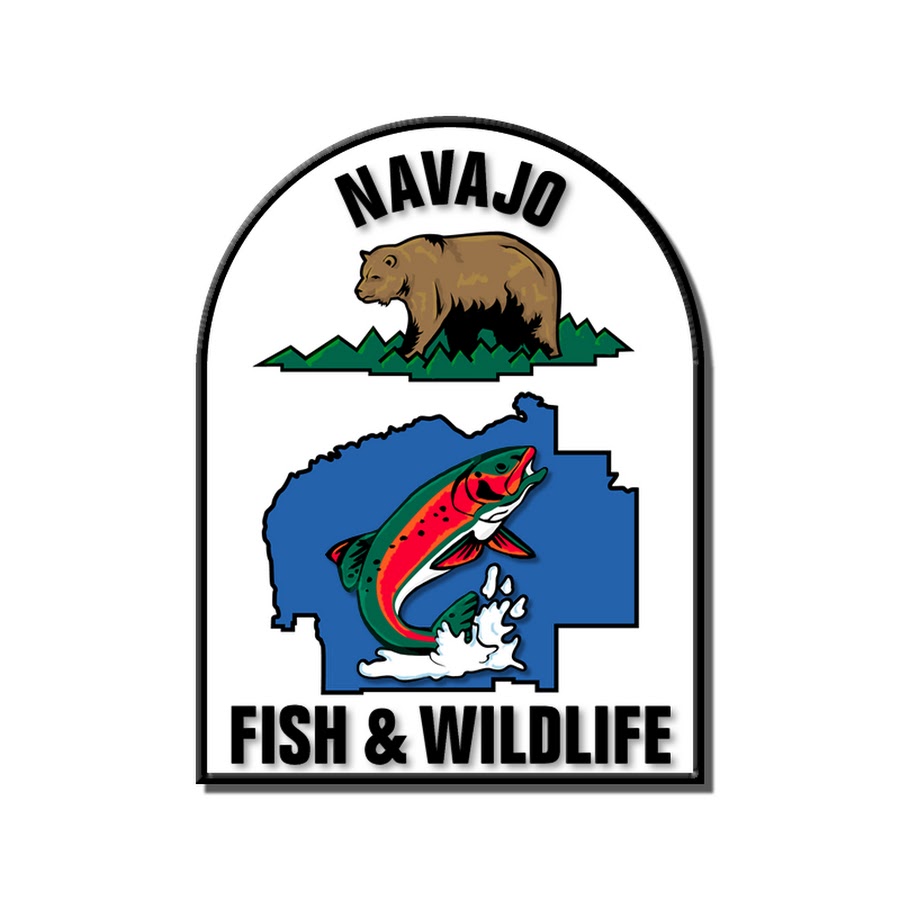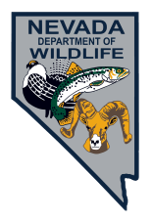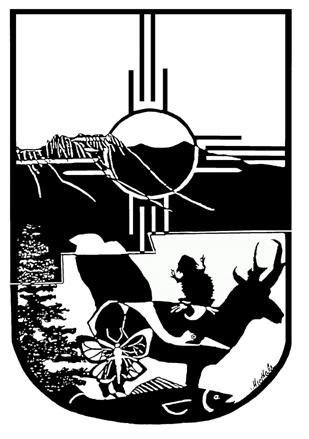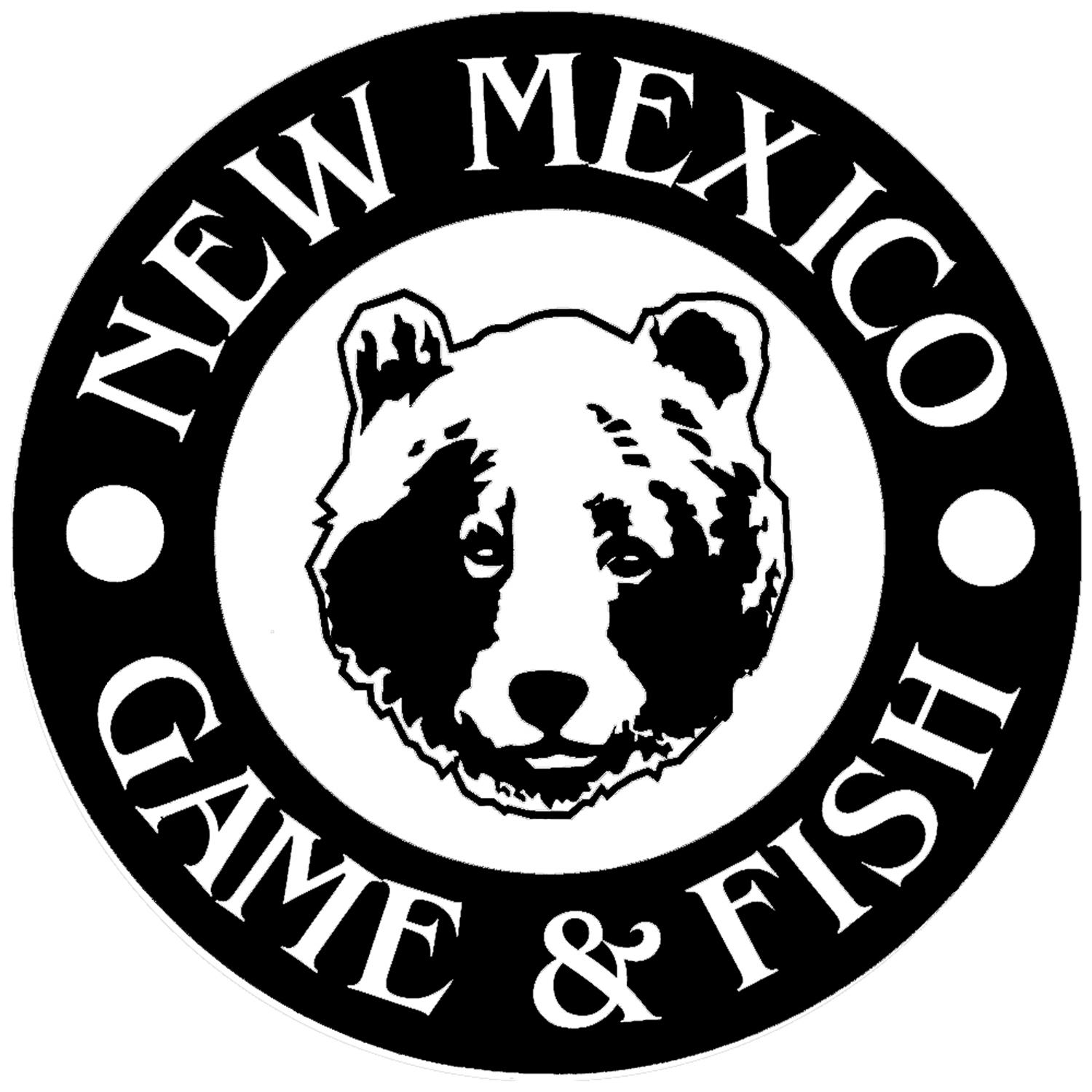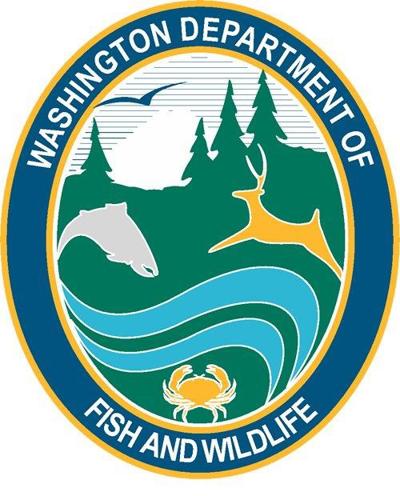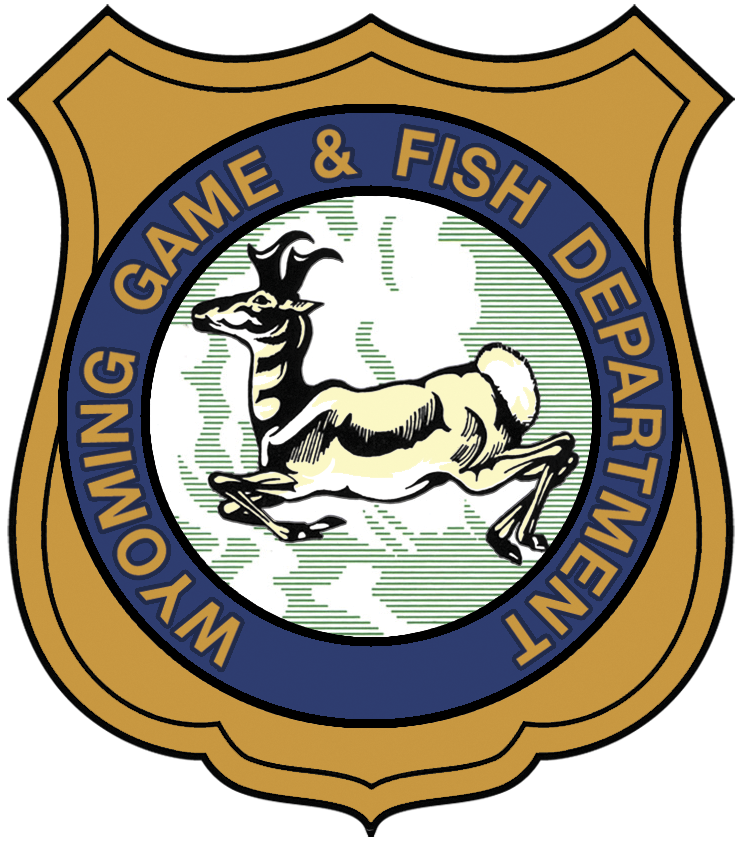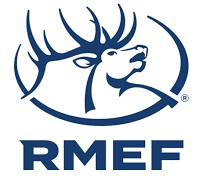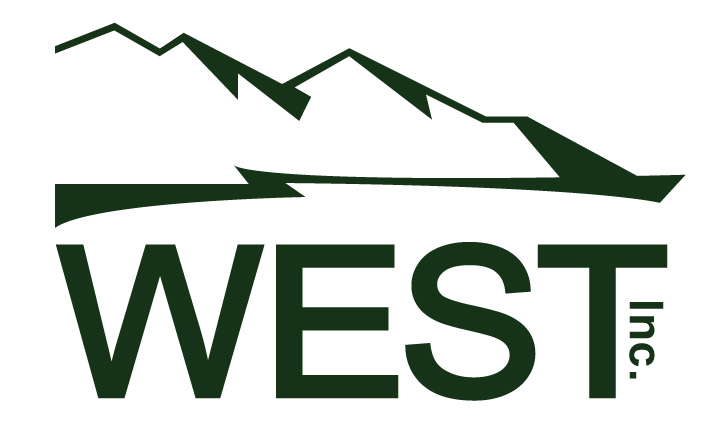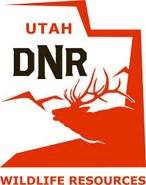Welcome to the Wildlife Corridors and Route Viewer mapping tool. Across the western United States, many ungulate herds must migrate seasonally to access forage, resources food and avoid harsh winter conditions. A growing body of evidence shows large mammal migration is important throughout western landscapes and across the globe. During the last decade, researchers have conducted many new tracking studies on migratory herds, developing new analytical methods that allow for population-level corridors, routes, and stopovers to be mapped and prioritized. Studying and mapping corridors helps managers and researchers better understand the unique habitat needs of big game herds, which has long been a goal of applied wildlife research. Likewise, state wildlife managers, federal land managers, and other conservation groups have demonstrated that migration maps can inform on-the-ground management and conservation.
In 2018, the U.S. Geological Survey assembled a Corridor Mapping Team to assist western states in mapping bison, elk, moose, mule deer, and pronghorn corridors using existing GPS data. One outcome of the team is this mapping tool, which provides public access to data on migrating ungulates through a unique partnership between participating western states.
This tool enables viewing of mapped migration corridors, routes, stopovers and ranges. Choices for base maps include land cover and land management. In addition, users can add their own zipped ArcGIS shapefile to the viewer through the “Add Data” button. Email user questions to: westernmigrations@uwyo.edu.
ENTER YOUR EMAIL ABOVE TO GET STARTED
